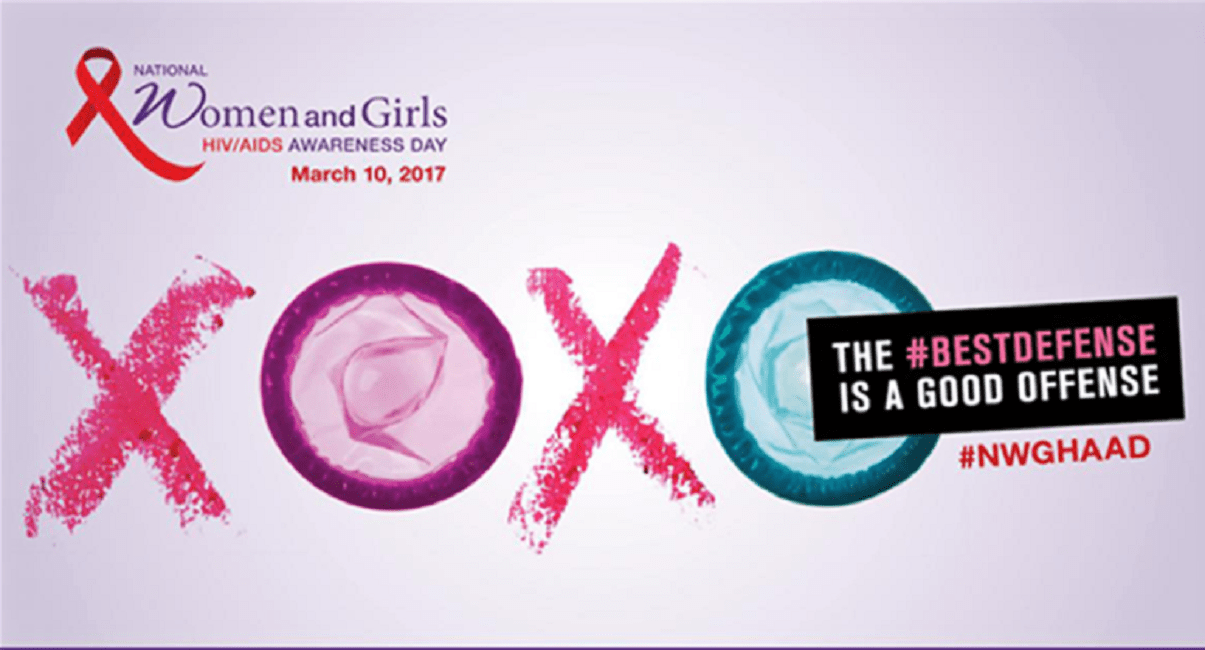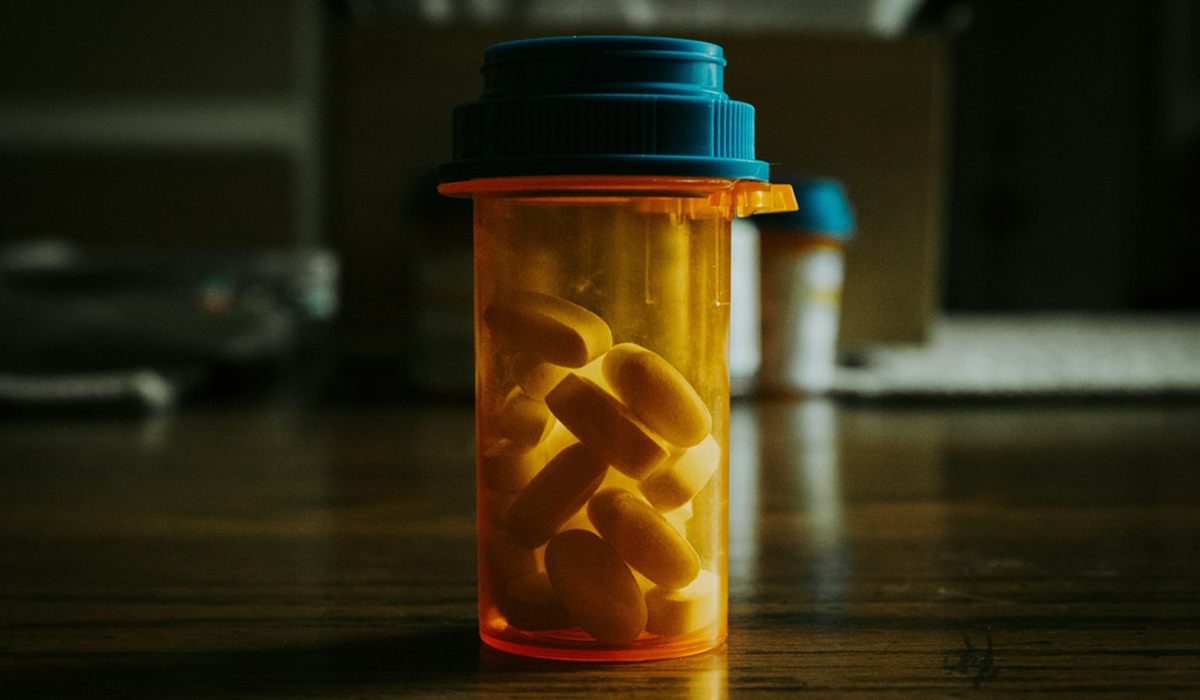AutoHHS Removed Images Of Condoms From HIV/AIDS Awareness Fliers Draft
- TDS News
- U.S.A
- March 30, 2020

Condoms were featured on a fact sheet and included in a social media campaign on Facebook intended to inform the public on how to reduce HIV transmission among women and girls. Calling the images “unapproved,” the Department of Health and Human Services stripped the fact sheet from a government website. (Source: HHS emails provided by American Oversight)
The Department of Health and Human Services stripped from a government website HIV/AIDS educational material that featured condoms, calling the images “unapproved,” according to official correspondence obtained by Kaiser Health News.
The images had been included in a 2017 fact sheet posted by HHS’ Office on Women’s Health to mark National Women and Girls HIV/AIDS Awareness Day. A directive to remove it from HHS servers was contained in an Aug. 1, 2017, email from a junior department employee to Palladian Partners, a federal contractor that specializes in communications about health and science education.
The condoms were featured on a fact sheet and included in a social media campaign on Facebook intended to spread messages on how to reduce HIV transmission among women and girls. “Since it contains the unapproved condom imagery, we were hoping you could remove this file from the server,” the government official wrote. The document — which wasn’t publicly linked on the agency’s WomensHealth.gov website at the time ― was removed from the government’s server that morning.
Kaiser Health News was provided the HHS emails by American Oversight, a left-leaning, nonprofit government watchdog group that obtained them in response to a Freedom of Information Act request.
The HHS agency’s website lists abstinence as its first form of prevention, saying, “The best way to prevent HIV is to not have vaginal, oral, or anal sex or share needles at any time.” It then mentions condoms.
For those who are sexually active, condoms are widely recognized as the most effective method for preventing HIV and other diseases, if used correctly. Experts also say condom use should be promoted as part of a broader prevention strategy along with safe-sex behaviors, increased testing and medication such as pre-exposure prophylaxis ― commonly known as PrEP.
“To me, it should be PrEP, it should be condoms, it should be contraception. To me, that’s more realistic for women,” said Vincent Guilamo-Ramos, a New York University professor who specializes in HIV/AIDS prevention. “It should be together.”
Palladian Partners is a communications firm owned by Altarum, which says it is in the business of helping “federal and state agencies and other organizations improve health outcomes.” Palladian worked with HHS’ women’s health office as part of a larger contract with Hager Sharp, another communications company.
“All people deserve accessible information about health and science,” reads a blurb from Amy Ewing, vice president of Palladian Partners, in explaining Palladian’s mission on its website. “Using social marketing and plain language, we connect audiences to the messages they need to live better, healthier lives.”
Palladian’s contract to provide communications support to the women’s health office ended in June. While the firm would make recommendations about content, HHS made final decisions about materials on its website. The firm did not make a recommendation about the removal of condom imagery, according to its president, Beth Maloney.
In 2017, women accounted for 1 in 5 new HIV diagnoses, according to HHS. More than 236,000 adult and adolescent women were living with a diagnosed HIV infection in the U.S. at the end of 2017, according to a report from the Centers for Disease Control and Prevention.
Rachana Pradhan: rpradhan@kff.org, @rachanadixit
https://khn.org/








